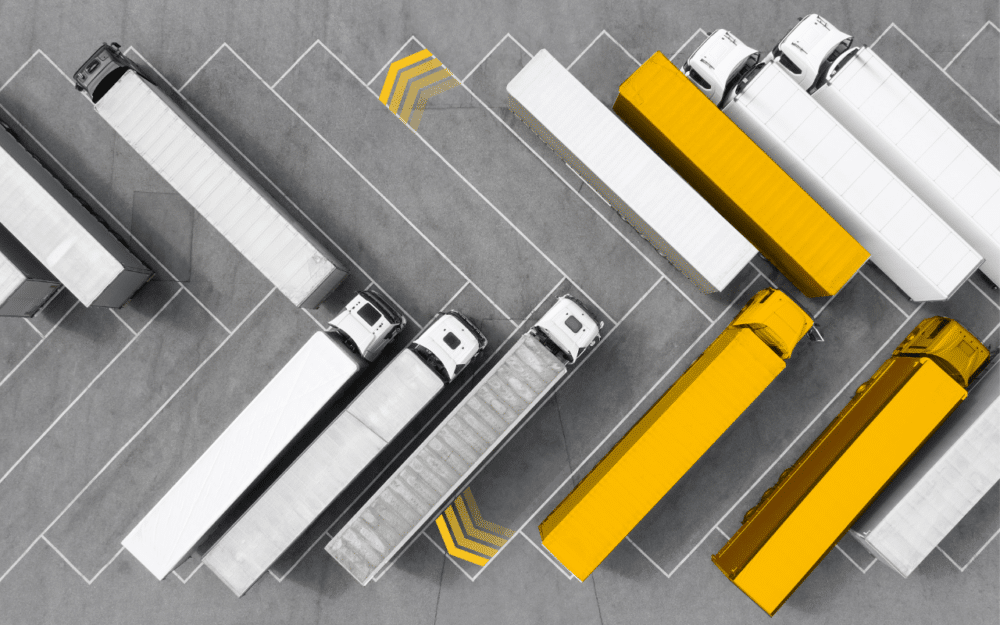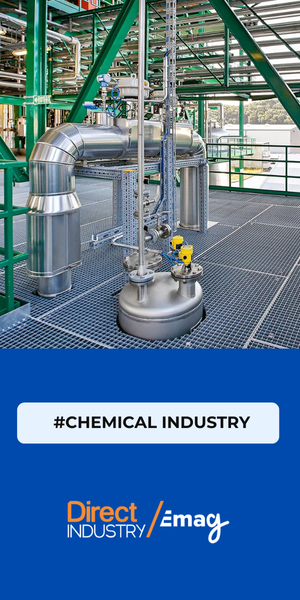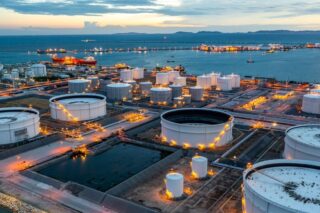In the long-haul FTL industry, dispatchers have traditionally relied on manual processes and years of experience to navigate a complex regulatory landscape, fluctuating fuel prices, and evolving customer demands. While functional, this approach is far from optimal, putting pressure on dispatchers and leading to inefficiencies and missed cost-saving opportunities.
By András Kovács, Director of Fleet Products, Transporeon (a Trimble company)
But this is finally changing. The logistics landscape is undergoing rapid digital transformation, and the dispatcher’s role is no exception. No longer a route and schedule coordinator, the modern dispatcher is evolving into a data strategist, harnessing technology to optimize fleet operations and drive efficiency. So, what technologies are driving this change? And how can we expect the dispatcher’s role to evolve further?
From Dispatcher to Data Strategist: The Power of Predictive Analytics
Until recently, dispatchers had to scramble to gather information from a patchwork of sources (e.g. weather forecasts, GPS, and messaging applications) to make ‘best guess’ estimations around potential disruptions. Often, they relied on a reactive ‘firefighting’ approach, using manual processes to calculate and recalculate available driver hours and ETA.
Predictive analytics – using AI and machine learning to identify the likelihood of future outcomes based on historical data – is transforming dispatcher operations. Thanks to predictive analytics, dispatchers can forecast potential disruptions, such as congestion, adverse weather events, or vehicle maintenance requirements, and preemptively adjust routes, schedules, and resource allocation. Transporeon’s data suggests dispatchers see time-savings of 25-45% from the automation of itinerary monitoring and recalculation.
Predictive analytics tools transform dispatchers into proactive data strategists, allowing them to play an active role in boosting the bottom line by minimizing delays, reducing operational costs, and enhancing customer satisfaction.
Data-driven Decisions: Real-time Insights
The same FTL long-haul trip can have hundreds of different execution plans depending on driver availability, day of the week, time of year, planned roadworks, customer requirements and more. The possibilities are endless. Experienced dispatchers are great at putting together feasible execution plans considering these factors. However, relying on real-time data is the best way to make an optimal choice.
Real-time data is only useful if companies have the tools and resources to analyze it and action the resulting insights. Dispatchers are perfectly placed to help maximize the power of real-time data. They just need the right tools.
Thanks to recent advances in AI and ML, algorithms are emerging that simultaneously consider commercial tasks (loading, unloading, secure parking, etc.), non-commercial tasks (parking, refueling, border-crossing, etc.), driver regulations and route planning to create the ‘ideal’ trip execution plan. This is a game-changer for dispatchers. For instance, Transporeon’s data indicates that dispatchers can save an average of 2.5 cents per liter simply by optimizing refueling, given that fuel prices differ by up to €0.60 per liter across Europe. This might seem small, but it adds up to €30,000 in monthly savings for a fleet of 500 trucks.
Some compare these algorithms to a ‘digital version’ of an experienced dispatcher’s brain. But the truth is much more nuanced. They won’t replace dispatchers, but enhance their capabilities and empower them to make better decisions based on real-time data.
What’s Next for Dispatchers?
The dispatcher’s role is evolving from a tactical executor to a strategic orchestrator of complex logistics networks. In short, the digital dispatcher isn’t just a trend – it’s the future of logistics.
The next era of dispatching lies in embracing technologies like AI and ML to automate routine tasks and analyze vast datasets. To gather the data needed for AI and ML algorithms, we’ll see greater use of IoT sensors on trucks, enabling dispatchers to monitor vehicle performance in real-time, predict maintenance needs, and prevent costly breakdowns.
Blockchain could also be transformational for dispatchers. With an immutable ledger for all transactions, dispatchers gain accurate, real-time information for decision-making. Meanwhile, smart contracts can automate tasks like document verification and customs clearance, reducing dispatchers’ administrative burden.
The above technologies free dispatchers from tedious manual calculations, allowing them to focus on higher-level strategic decision-making. By embracing them, they can unlock new levels of efficiency, productivity, and customer satisfaction, ultimately driving the success of the business and the entire industry.








![Image [Buying Guide] How to Choose the Right AMR?](/wp-content/uploads/sites/3/AMR-320x213.jpg)


